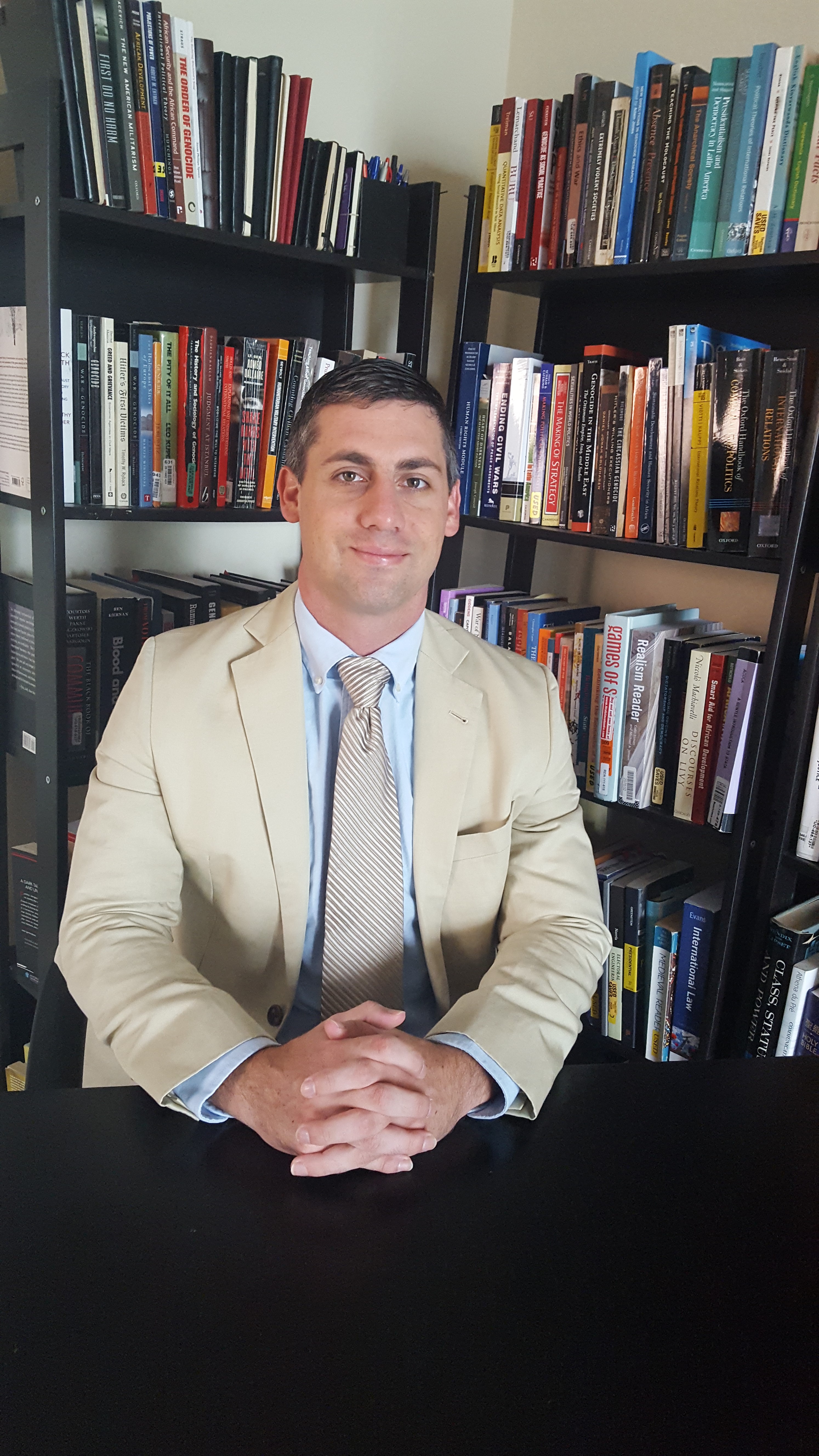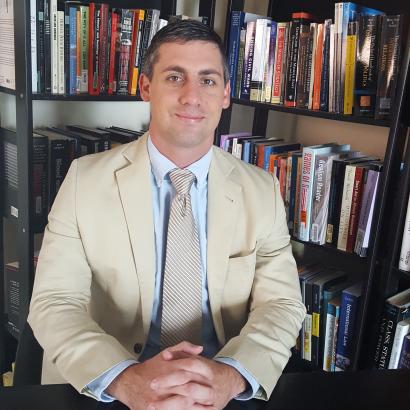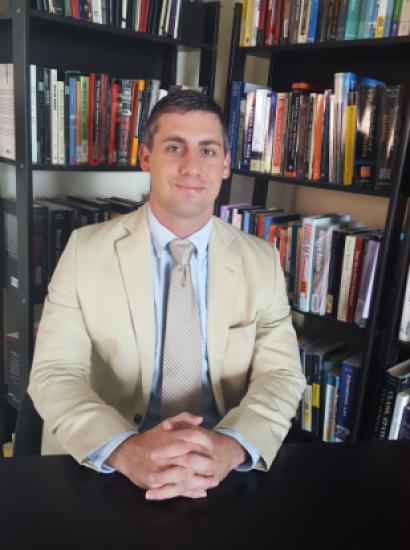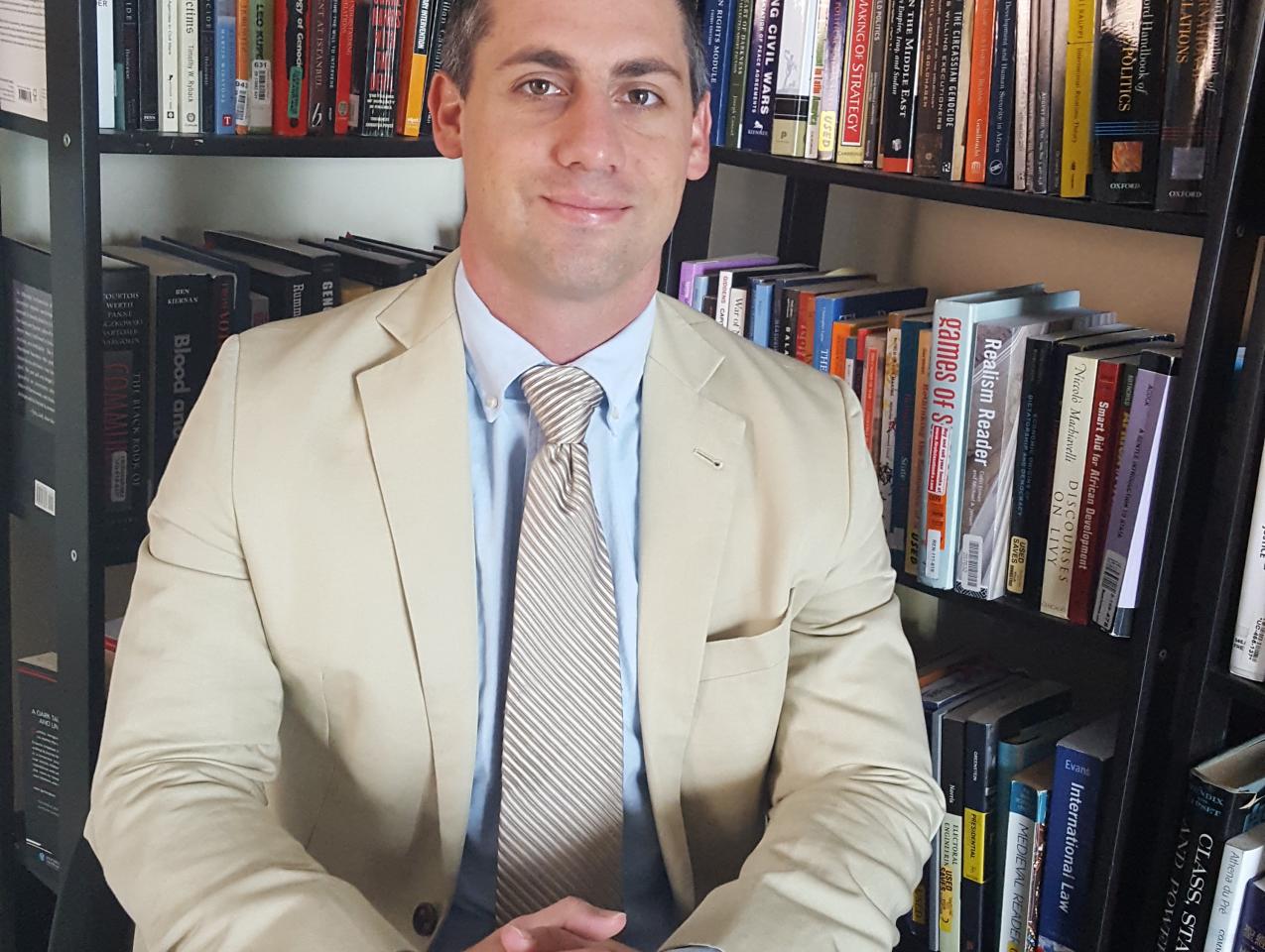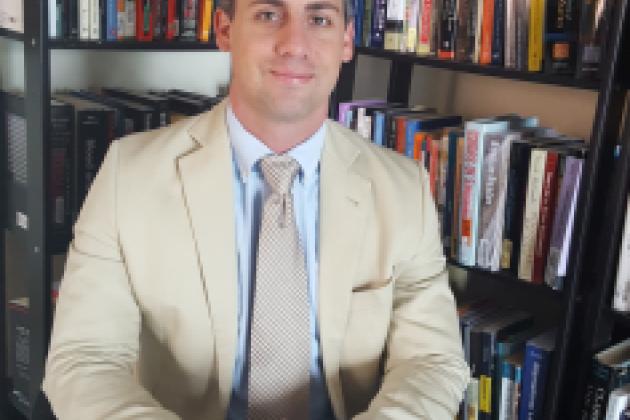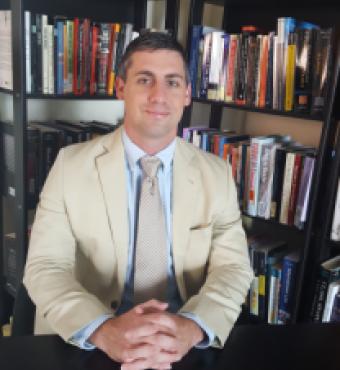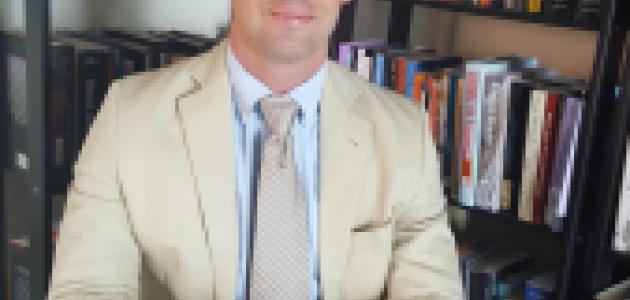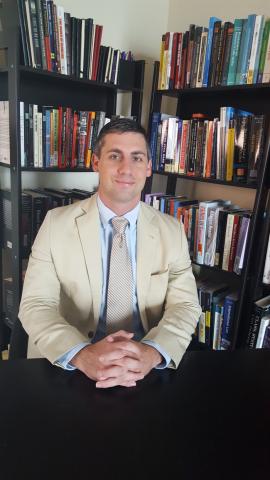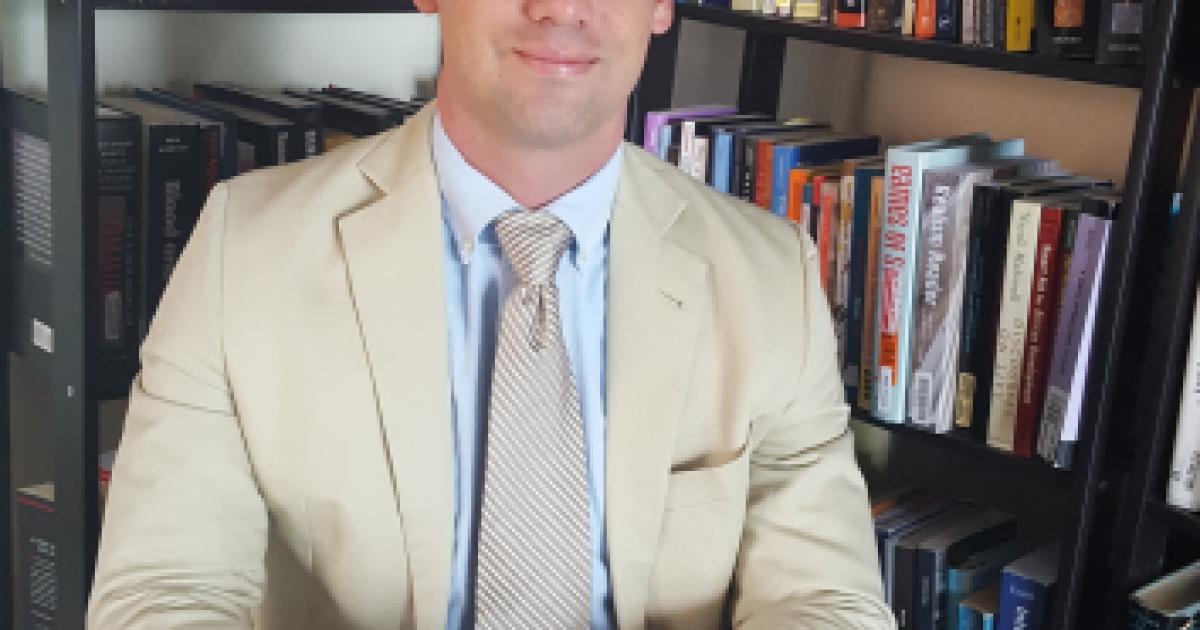By Adam Howe
Across mainland Southeast Asia, post-World War II authoritarian regimes have pursued a variety of strategies designed to minimize threats to their legitimacy emanating from organized religion. In Burma, successive military juntas have violently repressed politically-minded monks, while in neighboring Thailand, semi-democratic and fully authoritarian regimes alike have sought to materially and symbolically co-opt organized religion. In Laos, Cambodia, and Vietnam, nominally Marxist regimes, despite sharing a similar governing ideology, have taken radically different approaches to managing religion, ranging from state-sanctioned forms of Buddhism in Vietnam and Laos, to the near destruction of the monkhood in Pol Pot’s Cambodia.
In lieu of the important sociocultural role Buddhism has traditionally occupied in Southeast Asian societies, why is it that certain regimes have applied coercive force against politically-active monks, while others have carefully sought to co-opt important these religious figures? My dissertation entitled How State Capacity Matters: The Cooptation and Coercion of Organized Religion in Southeast Asia and Beyond examines this question in greater depth. Specifically, I argue that state resource endowment matters more than regime ideology in explaining variations in regime strategy vis-à-vis religious organizations. In short, while most regimes want to manage religion without resorting to violent crackdowns, not all are equipped with the bureaucratic tools required to keep politically-active monks close to the regime.
In tracing the historical relationship between the state and religion in post-World War II Southeast Asia, engaging with primary source documentation has proven essential. The Hoover Institution Archives provided me with unparalleled access to diplomatic correspondences, official government speeches, and non-for-profit civil society initiatives in Burma, Thailand, Cambodia, Laos, and Vietnam.
Specifically, the William J. Sebald Diaries documents the rise of a state-sponsored Buddhist revival in Post-World War II Burma. Ambassador Sebald’s thorough observations permitted me to better contextualize historical patterns of regime support for Buddhism. The Harry H. Pierson Papers examine the complex and fascinating relationship between successive Thai governments, the royal family, and the monkhood throughout the 1950’s and 1960’s. During this era, the monkhood served as both an agent for state-building and ideological bulwark against the spread of communism. The Philip D. Sprouse Papers’ attention to politics and religion in Cambodia during the same time period reveals how the Buddhist monkhood was locked in an internal struggle regarding the applicability of Marxist ideology to Buddhist teaching. Finally, the Victoria Schuck Papers capture the important role politically-active Buddhist monks played in shaping Vietnam’s domestic politics shortly before the onset of the Second Indochina War. Eventually, many of the same monks involved in anti-government protests would take an active role in turning international public opinion against the war.
I am especially grateful to the staff at the Archives. David Sun guided me to the materials most pertinent to my research project, including the vast Asia Foundation records. In addition, Jean Cannon and Bronweyn Coleman were always available to answer my questions, making for a highly productive and enjoyable research trip. I am honored to have received the Silas Palmer Fellowship, and look forward to my next trip to Stanford.




